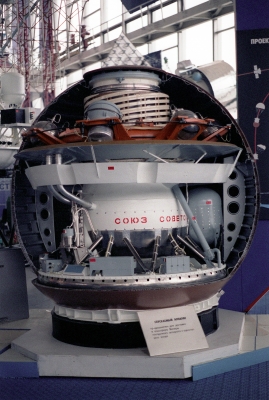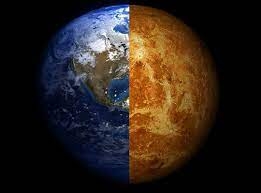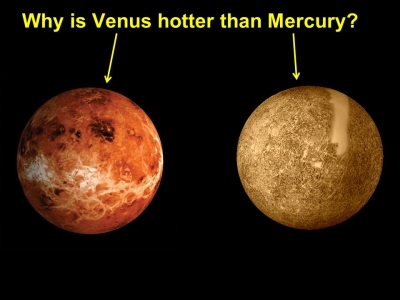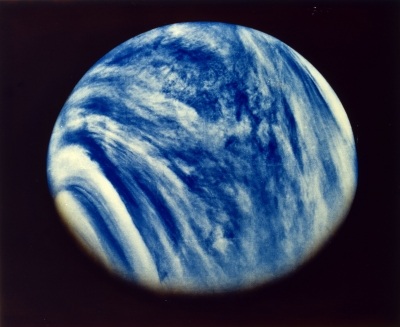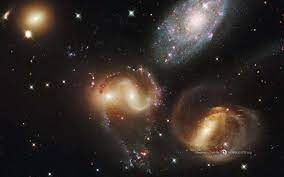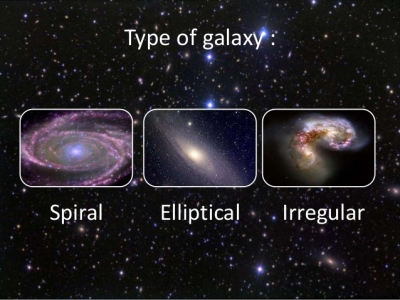
Being fluent in at least two languages, an interpreter listens to a speaker in one language and repeats what has been said, for someone else, in a second language.
What's this career about?
Interpreters work with live speech. They usually work either as guides and escorts or as conference or court interpreters. Often, they also use their knowledge of cultural backgrounds to read and interpret the meaning of gestures and other non-verbal cues such as body language in order to convey the full intended meaning of the communication.
Foreign Language Interpreters usually specialize in a particular language and may also specialize in a particular subject area, such as the legal, medical, technical or welfare fields. They may interpret consecutively, waiting for the speaker to pause to translate what has been said, or simultaneously, in which case they translate continuously while the speaker is talking.
The latter is a more difficult type of interpreting, but it is required of court and international conference interpreters. It requires such an intuitive knowledge of the source language and the subject matter that the interpreter must be able to anticipate what the speaker will say as well as have the ability to talk and listen at the same time.
Court Interpreters interpret simultaneously except when the non-English speaking person is on the stand testifying, in which case they interpret consecutively.
Sign language Interpreters provide translation between spoken and sign language communication. The job of sign language Interpreters is very similar to the job of foreign language Interpreters. In sign language interpreting, however, the hands rather than a foreign language are used to communicate. Sign language Interpreters translate a speaker's words into sign language, using their hands, fingers, and facial expressions. They also repeat the deaf person's signed response to the speaker.
Interpreters must be proficient in both the languages. In addition, they should be well-versed with the culture of that country. Keeping up to date with current developments in English, the foreign language and specialist terminology is also important. They must have a high degree of fluency in the languages they translate and an understanding of the subject matter. In addition they should have excellent research and public speaking skills.
How do I get there?
After 10+2 in any stream, you may join a three-year graduate (B.A.) degree course or pursue a five-year integrated language course in a university. Some universities also run diploma or certificate courses for graduates and post-graduates. An acquaintance with a foreign language is always advisable for joining this field.
Otherwise, you can learn a foreign language of your choice at institutes run by embassies or consulates of foreign countries. These organizations conduct basic to advanced part-time courses which can be undertaken along with your regular studies.
What key skills do I need?
- Knowledge of the general subject of the speeches that are to be interpreted.
- Extensive vocabulary in both languages.
- Ability to express thoughts clearly and concisely in both languages.
- General erudition and intimate familiarity with both cultures.
- Excellent note-taking technique for consecutive interpreting.
- Initiative and research skills.
- Ability to maintain confidentiality and work accurately and objectively.
- Good powers of concentration.
- High memory retention.
- Must adhere to the code of ethics.
Institutes
- Annamalai University, Annamalai Nagar
- Alliance Francaise centres for French
- Bangalore University, Bengaluru
- Banaras Hindu University, Varanasi
- Central Institute of Indian Languages, Mysore
- The English and Foreign Languages University, Hyderabad,
- Cochin University of Science and Technology, Kochi
- Institute of the Russian Language of the Russian Centre of Science and Culture, New Delhi
- Dakshin Bharat Hindi Prachar Sabha, Chennai
- Indo Italian Chamber of Commerce, for Italian
- Indo-Japan Association in Mumbai for Japanese
- Kendriya Hindi Sansthan, Agra
- Max Mueller Bhavan located in important cities for German
- School of Language, Literature and Cultural Studies, Jawaharlal Nehru University, Delhi
- Instituto Hispania-Spanish Language & Cultural Centre for Spanish
- JN Academy of Languages, New Delhi
Pay package
Interpreters usually work under short-term contracts or freelance and work for different employers under different arrangements. Freelance assignments may range from a few days for a typical conference to several weeks for some escort assignments.
Freelance interpreters are usually paid by the hour. For common Indian and foreign languages, the rates vary from 200-400 per hour, but it may go up to 750-1000 per hour for complex languages, such as Arabic and Japanese.
Employment profile
The need for language professionals has grown dramatically due to the globalization in general and the liberalization of the Indian economy, the onslaught of IT, entry of MNCs, increased foreign tourists and a host of other factors. Internet has further removed the barriers between countries. A parallel development has been the growing interest in Indian languages as well. However, most positions are located in metropolitan cities.
These language experts are employed by the Government departments, radio and television stations, news services and publishing firms, Embassies & Diplomatic Missions, Cultural Organizations, Educational Organizations, Corporate houses (especially MNC's), Export houses and Travel & Tourism Industry.
Picture Credit : Google







